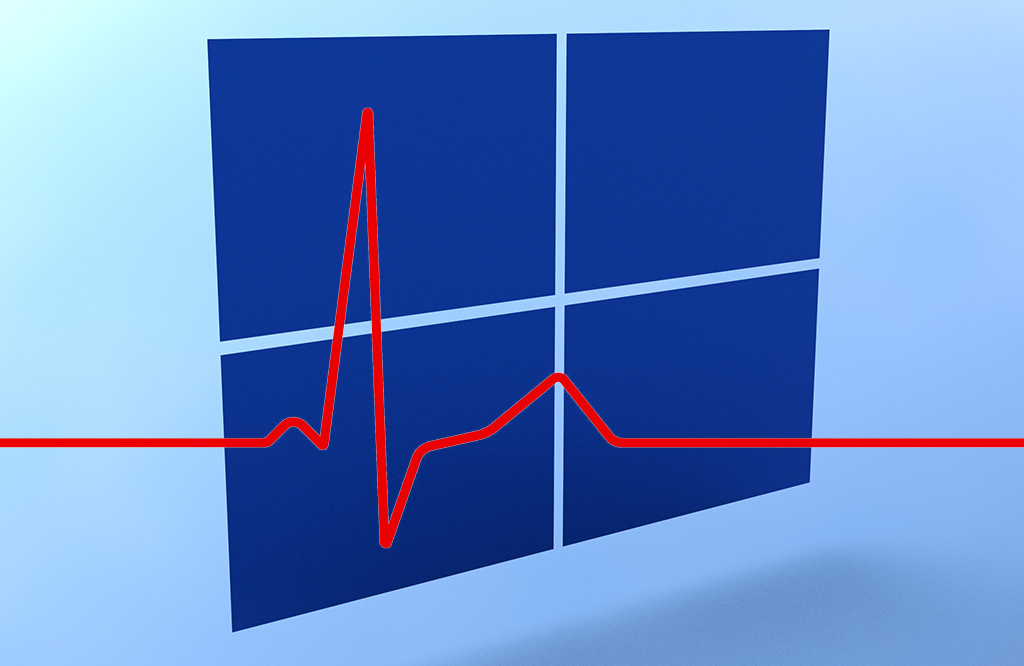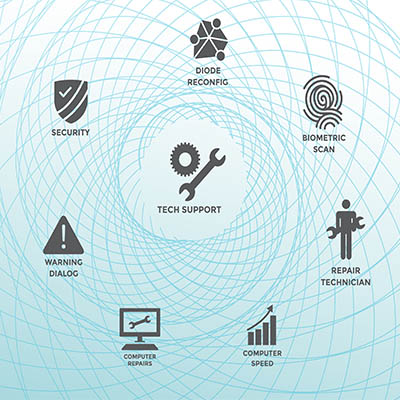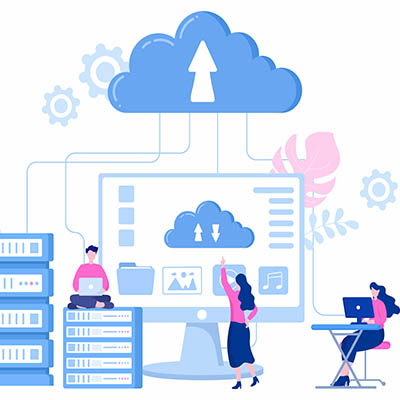Windows 10 has been an integral part of many users’ digital lives for several years. Microsoft has recently announced the end of support for Windows 10, however, which has raised concerns and questions among its many users. This week, we will delve into the details of Windows 10’s end of support, its implications, and what steps you can take to ensure a smooth transition.
Microsoft has set a specific date for the end of support for Windows 10, which is October 14, 2025. After this date, Microsoft will no longer provide technical assistance, security updates, or bug fixes for the operating system. This means that continuing to use Windows 10 beyond its end of support date could leave any computer still running the software vulnerable to security threats and performance issues.
Implications of End of Support
The end of support for Windows 10 has significant implications for users and businesses alike. Without regular security updates, your computer could become an easy target for cybercriminals. Additionally, compatibility issues with newer software and hardware may arise, limiting your ability to leverage the latest technological advancements. It is crucial to understand these implications and take appropriate action.
Upgrade Options
To ensure a secure and up-to-date computing environment, Microsoft recommends upgrading to the latest version of Windows, Windows 11. Windows 11 offers several improvements, including a refreshed user interface, enhanced performance, and advanced security features. However, it is important to note that not all devices will immediately be compatible with Windows 11. Microsoft provides a compatibility checker tool that you can use to determine if your hardware meets the requirements.
Preparing for the Transition
If your device is not compatible with Windows 11, or if you prefer to stick with Windows 10 for the time being, there are steps you can take to mitigate the risks associated with the end of support. First and foremost, ensure that your computer is running the latest updates and patches for Windows 10. This will help protect your device from known vulnerabilities. Additionally, consider investing in an enterprise-strength antivirus to further enhance your security posture.
For individuals and businesses with complex IT infrastructures, seeking professional assistance may be necessary to navigate the transition from Windows 10. The IT consultants at North Central Technologies can offer guidance. Give us a call today at 978-798-6805 to learn more.







